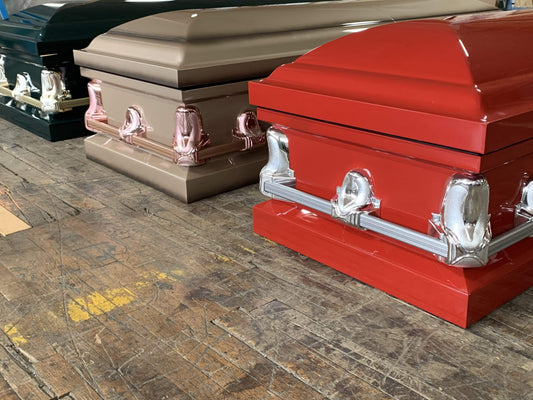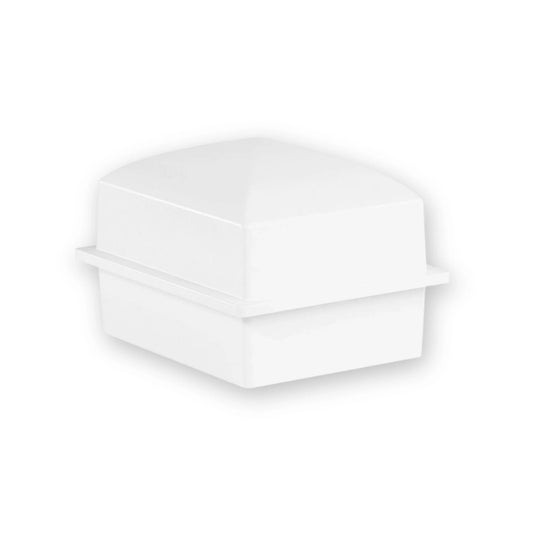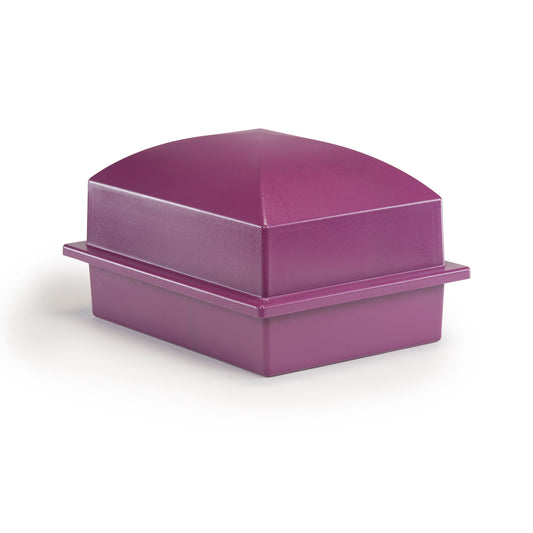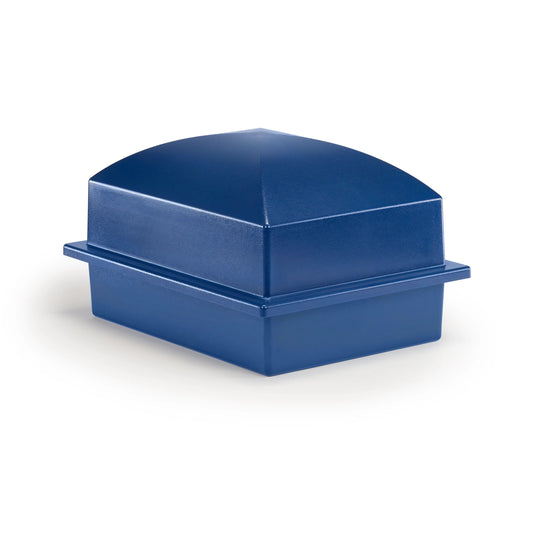When burying an urn, most families place it inside a burial vault or urn container to protect it underground. Here’s a breakdown:
1. Urn Burial Vault
-
A burial vault is a protective outer container that houses the urn in the ground.
-
It prevents the earth from collapsing around the urn and protects it from moisture, pressure, and shifting soil.
-
Often required by cemeteries, especially for metal or ceramic urns.
2. Urn Grave Liner
-
A lighter version of a vault — still offers protection but may not be fully sealed
-
Used when vaults aren't mandatory
3. Biodegradable Burial Pods
-
For green burials, urns made of natural materials (like bamboo, salt, or paper) can be buried directly in the ground
-
These are meant to break down naturally over time, with no outer container needed
4. Cemetery Requirements
-
Every cemetery has its own rules.
Some require urn vaults, while others allow direct burial for biodegradable or cremation-safe containers.
Final Answer
Most urns are buried in a burial vault or grave liner to protect the urn and meet cemetery regulations. For eco-friendly burials, you can often bury the urn directly if it’s biodegradable.
Related FAQs
-
Can I bury a without a vault?
Answer: Some cemeteries allow it, especially for green burials. Check with the cemetery first. -
How deep is an urn buried?
Answer: Usually 3 to 3.5 feet deep, depending on local laws and cemetery rules. -
Can I bury an urn on private property?
Answer: In many states, yes — but always check local zoning laws before doing so.
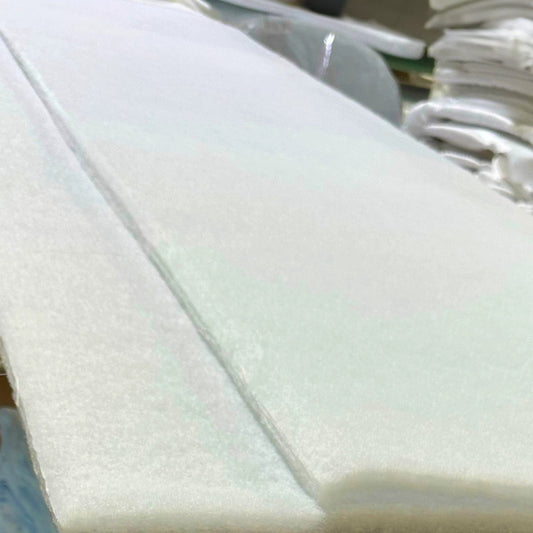
![Upgrade to Premium Weight [18-gauge steel]](http://titancasket.com/cdn/shop/products/casketthicknesswithnumbers.png?v=1680642906&width=533)
